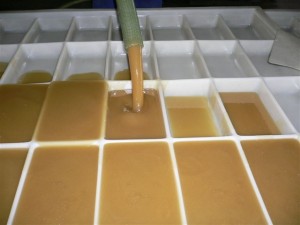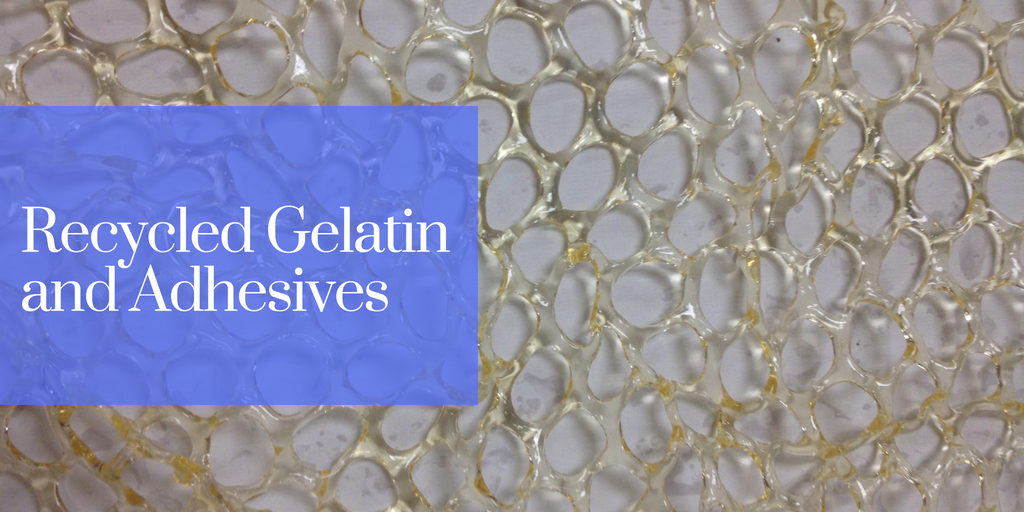Eco-Friendly Adhesive Products
L.D. Davis Industries manufactures a wide variety of protein-based glues and liquid water-based glues, which are all eco-friendly, completely non-toxic, and easily recyclable. Today, we’d like to feature our eco-friendly protein adhesive products, which are also commonly called animal glue or hide glue.
Read More >







